Embark on a captivating exploration of Vietnam’s cultural legacy through its traditional musical instruments. From the rhythmic cadence of traditional drums to the melodic intricacies of iconic instruments like the Dan Tranh, these musical treasures not only produce enchanting melodies but also serve as a cultural chronicle. They are a testament to the artistic expression that has defined Vietnam for generations, each resonating with stories of history, artistry, and cultural depth. Uncover the stories behind the famous traditional Vietnamese musical instruments with our Vietnam luxury tours, blending the harmonies of the past with present-day luxury. Immerse yourself in the enchanting world of traditional Vietnamese music.
Historical Significance of Traditional Vietnamese Musical Instruments
Traditional Vietnamese musical instruments, steeped in history, are cultural treasures that have shaped the nation’s artistic identity. These instruments, such as the Đàn Tranh and Đàn Nguyệt, symbolize cultural roots and are integral to rituals, ceremonies, and communal events. Beyond their symbolic importance, these traditional musical instruments serve as storytellers, expressing emotions and narrating tales embedded in Vietnamese culture.
These traditional musical instruments also contribute to expressing the musical diversity of Vietnam’s 54 ethnic groups, each instrument has its own unique and cultural characteristics. Additionally, traditional Vietnamese musical instruments, though deeply traditional, have seamlessly integrated into contemporary music, creating a dynamic bridge between the past and present. In essence, these traditional musical instruments are not merely artistic tools but vital conduits that connect generations, preserving a rich musical heritage for the future.
Types of Traditional Vietnamese Musical Instruments
Vietnamese Stringed Musical Instrument
16-string Zither (Dan Tranh)
The 16-string Zither, known as Dan Tranh in Vietnamese, stands as one of the earliest traditional Vietnamese musical instruments that contributed to the nation’s rich musical heritage. Characterized by its numerous strings, the Dan Tranh produces enchanting and melodic sounds that have been integral to Vietnamese classical music for generations. The instrument’s versatility and vibration make it a cultural icon, symbolizing the depth and sophistication of Vietnamese musical traditions.
Monochord (Dan Bau)
The Monochord, or Dan Bau, is a singularly captivating traditional musical instrument in Vietnamese music. With its single string played using a flexible bamboo stick, the Dan Bau produces beautiful tones. Despite its seemingly simple design, this instrument can create complex and expressive melodies. The Dan Bau’s allure lies in its sound and ability to evoke deep emotions, making it a cherished component of traditional Vietnamese performances.
Moon-shaped Lute (Dan Nguyet)
The visually striking Dan Nguyet, or moon-shaped lute, adds a poetic and aesthetic dimension to Vietnamese music. Its unique design, reminiscent of the crescent moon, contributes to its popularity in both traditional and contemporary musical genres. In general, this traditional Vietnamese musical instrument has a clear tone, but in the low range, it is a bit dull. It can express many different emotional nuances, from gentle and soft to firm and vibrant. In the past, performers grew long fingernails to play the lute; today, the plectrum holds this task.
Dan Ty Ba
The Dan Ty Ba, distinguished by its unique four strings, contributes a deep and resonant quality to the ensemble of traditional Vietnamese music. With its clear and lofty high tones, gentle mid-range tones, and rich, deep bass tones, its tonal range is extensive. Hence, its sound is diverse, capable of expressing a wide array of themes and emotions. Known as the “queen” of traditional musical instruments, the Dan Ty Ba holds a prominent place in folk music, showcasing the instrument’s ability to convey various musical narratives. The Dan Ty Ba’s role in the sonic landscape of Vietnamese music highlights the diversity and richness inherent in the country’s musical heritage.
Vietnamese Wind Instuments
Sao truc
Sao Truc, the Vietnamese bamboo flute, emerges as a wind instrument celebrated for its clear and pure tones. Widely used in traditional and folk music, the Sao Truc’s melodic tunes evoke a sense of tranquility and nostalgia. Its simplicity and soulful sounds make it a cherished instrument, representing a bridge between the natural world and the cultural expressions embedded in Vietnamese musical traditions.
Ken bau
Bau trumpet is a double-wind instrument that is very popular around the world and also exists in some other countries in Europe or Asia (except Japan and Laos). When introduced to Vietnam, Keb Bau became a musical instrument of Vietnamese ethnic groups such as the Tay and Cham. Its unique sound, often associated with celebratory and festive occasions, adds a vibrant and lively dimension to cultural events. Ken Bau’s versatility in expressing joy and exuberance further cements its role as a cultural treasure in the realm of traditional Vietnamese musical instruments.
Vietnamese Percussion Instruments
Trong com
The rice drum’s name comes from using sticky rice to rub the drum’s surface to determine the sound; also known as warming up the voice. Its rhythmic beats provide the foundation for various musical performances, serving as a driving force in traditional and ceremonial contexts. The Trong Com’s presence adds a dynamic and rhythmic dimension to Vietnamese music, embodying the heartbeat of cultural expressions and traditional lantern. The rice drum still retains its value and has become one of the most unique and beloved traditional Vietnamese musical instruments.
Cong chieng
Cong chieng, also known as gongs, are the fundamental percussion instruments in traditional Vietnamese music and rituals. Its resonant and distinctive sound marks key moments and transitions in performance, making it an integral part of the cultural landscape. The ability of Gongs to evoke a sense of sacredness and meaning adds a spiritual dimension to the Vietnamese musical experience, connecting the past with the present. The Central Highlands gong is not simply a traditional Vietnamese musical instrument, it is also identified as a type of cultural heritage that bears the mark of time and space. It also preserves historical slices of the musical development process from its earliest times.

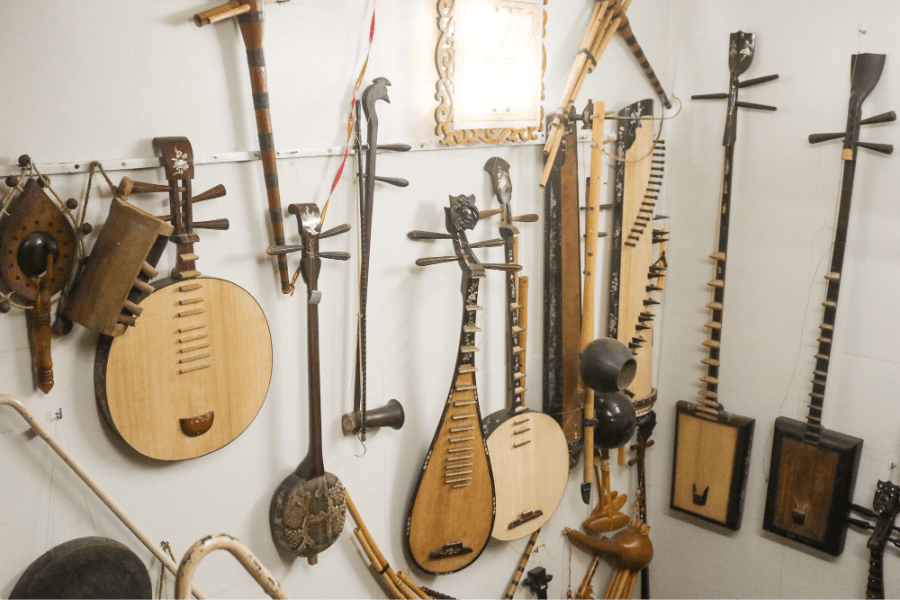
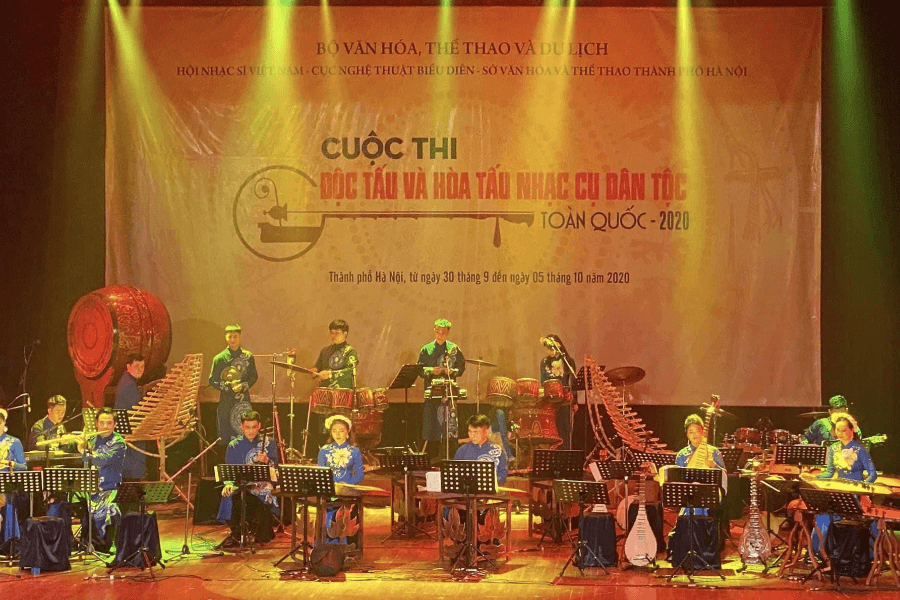
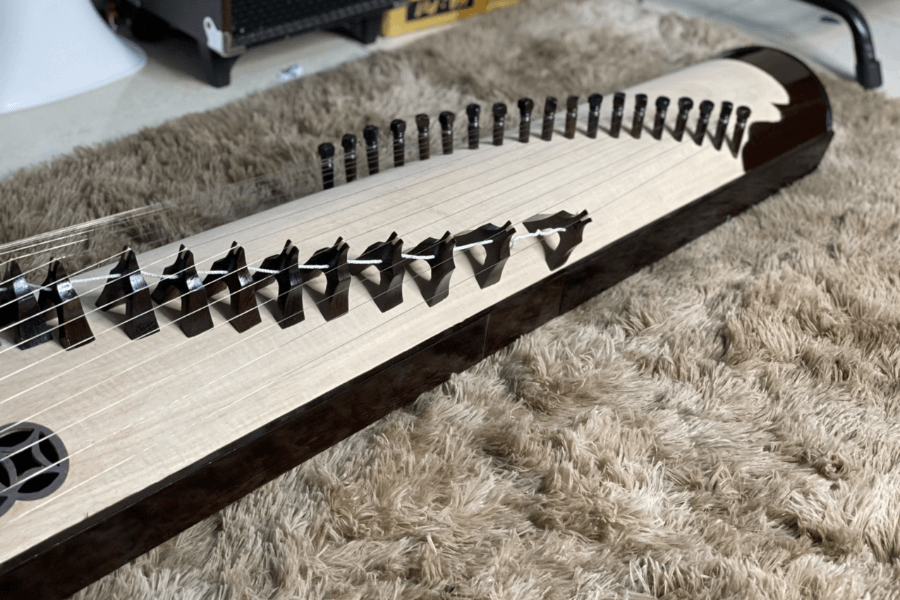
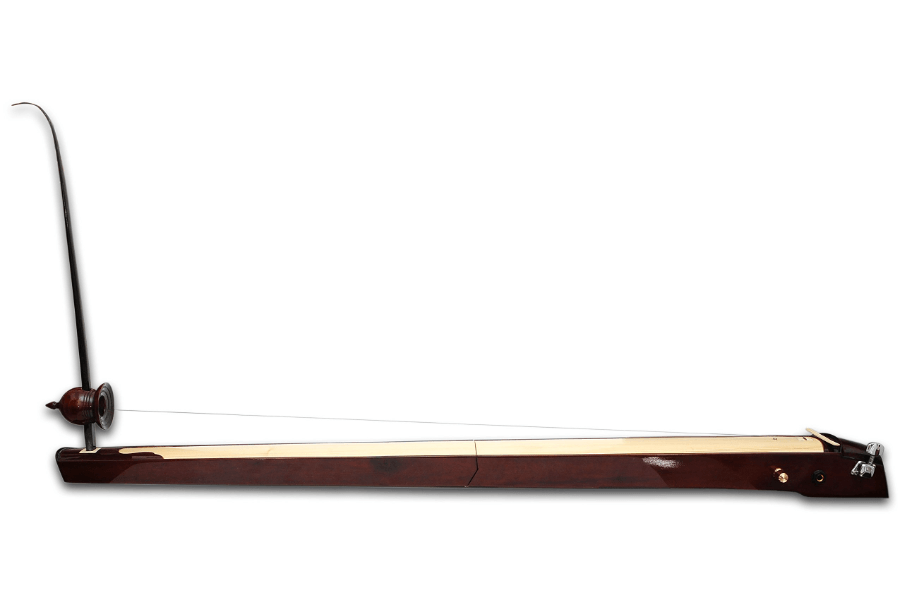
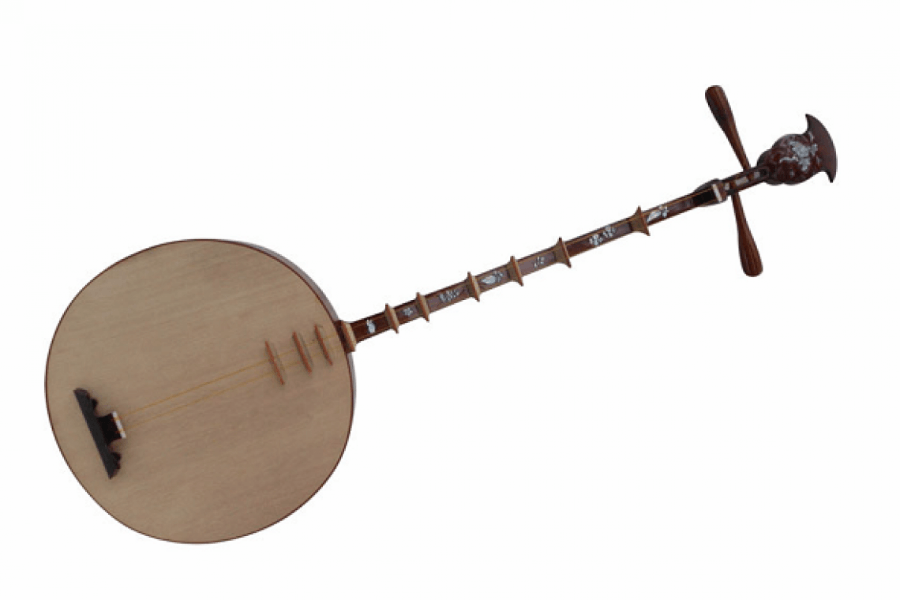
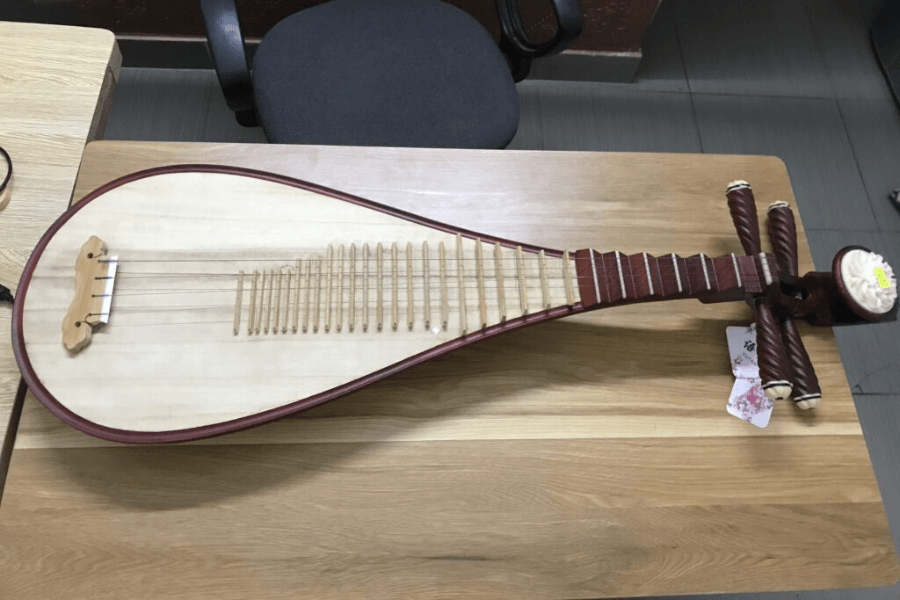
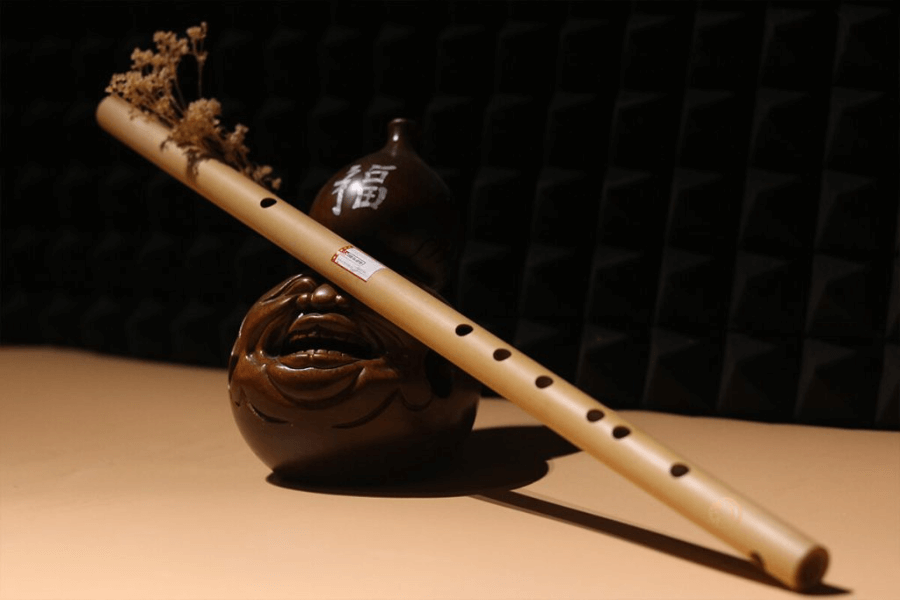
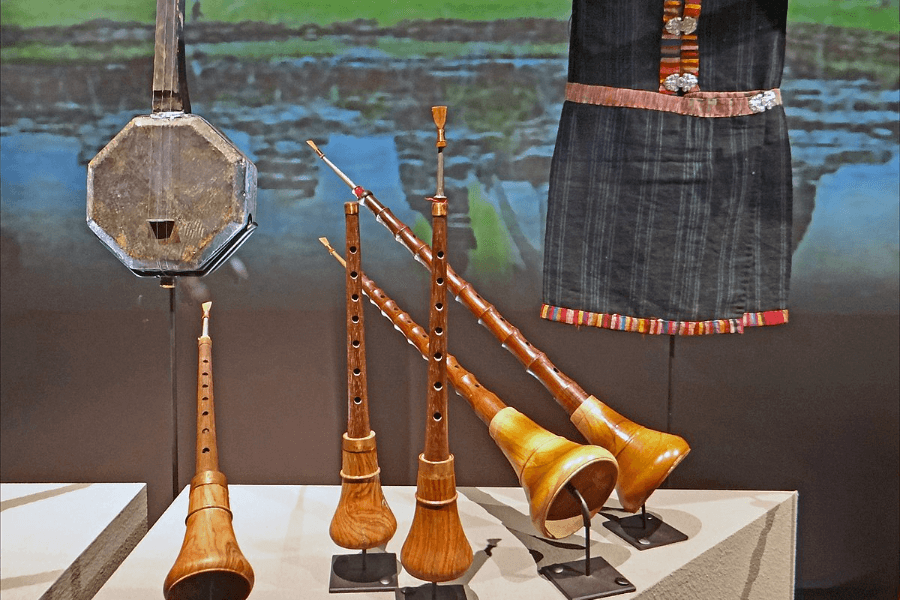
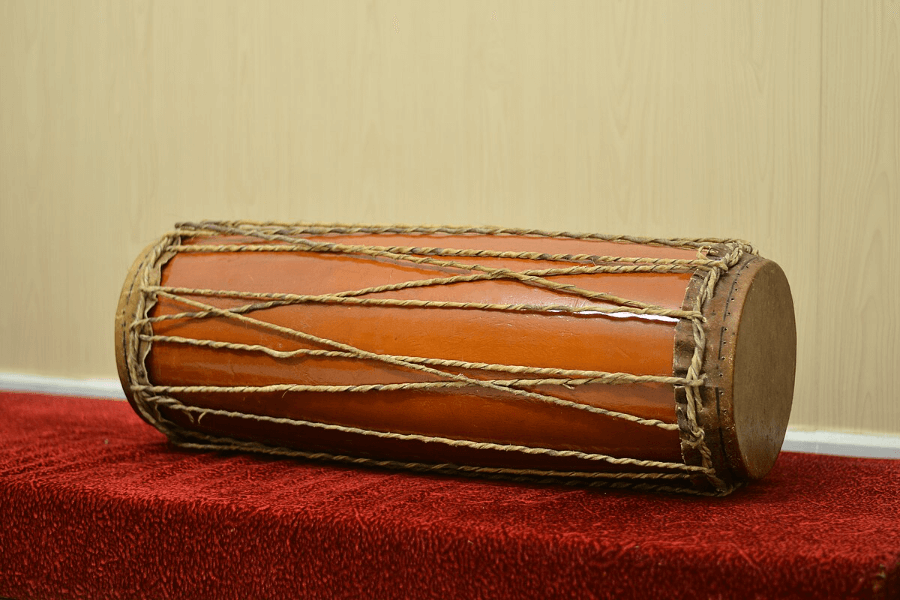
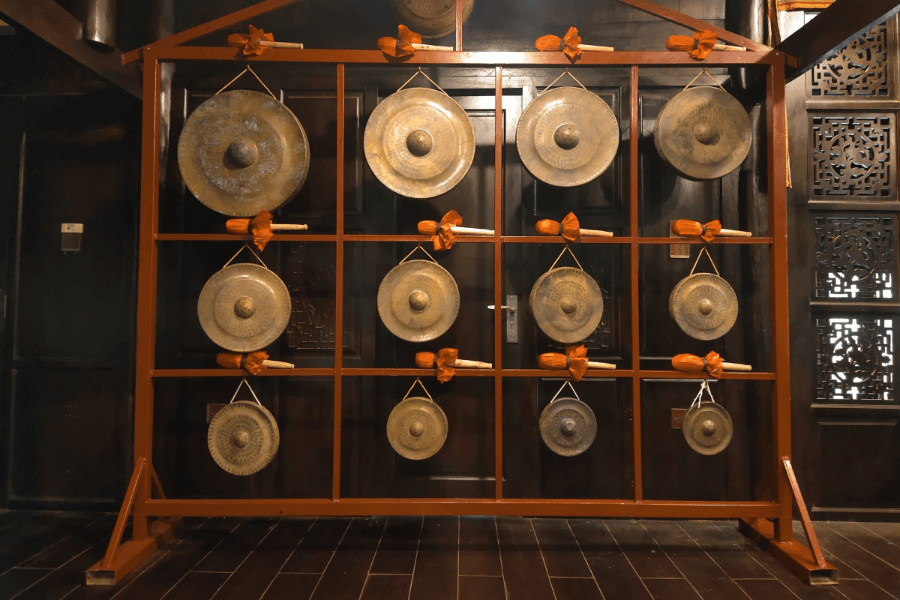
Comment (0)